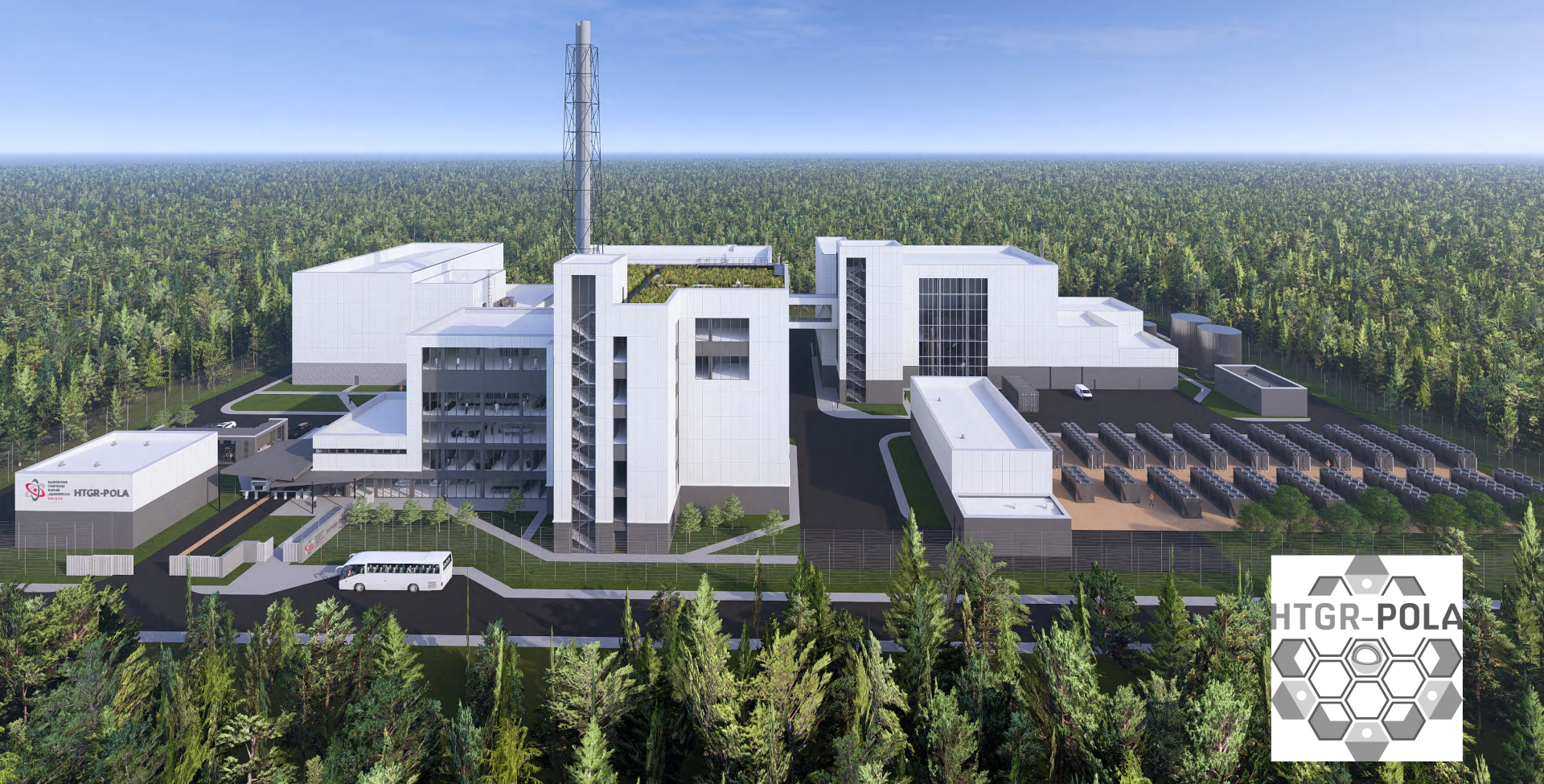
Discussion on funding opportunities for the next phase of the HTGR-POLA high-temperature reactor design at the Polish Parliament
03-04-2025
Talks concerning Poland's first high-temperature gas-cooled reactor return to the Parliament. Prof. dr hab. Mariusz Dabrowski, coordinator of the team responsible for the technical design of HTGR-POLA, yesterday presented the technical documentation developed to date and the prospect of further financing for the design, licensing and construction of the reactor before the Committee on Energy, Climate and State Assets.
During the meeting, Prof. Dąbrowski presented the place of high-temperature reactors in the overall mix of nuclear reactors in Poland, noting the complementarity of the three basic paths of the nuclear programme: large power reactors for the production of electricity, Generation IV high-temperature reactors for the production of industrial heat, and small modular reactors for the production of low-temperature electricity and heat. The main components of the HTGR-POLA reactor were discussed: from the high-temperature-resistant TRISO fuel, to the new reactor core configuration designed by the NCBJ team, to the plant for the conversion of the energy produced by the reactor. "A definite success of the current phase of the project is the fact that the developed reactor has 50% Polish intellectual property, sharing it with the Japanese Atomic Energy Agency (JAEA), which provided the source documentation" - Prof. Mariusz Dabrowski said during the speech. The NCBJ representative also asked the members of parliament and business representatives present for financial support for the further development of technical documentation at the detailed and detailed design level. Such support will enable the reactor to be licensed by the National Atomic Energy Agency and construction to proceed. In the optimistic scenario, this would be the late 2020s and early 2030s.
The representatives of the ministries (industry, science and climate) gathered in the room expressed their opinions on the implementation of this plan. The ambitious nature of the undertaking was emphasised and, at the same time, ideas were put forward for mobilising appropriate financial tools within either budgetary resources or within the budgets of potentially interested Polish chemical companies, as well as through the creation of spin-off companies.
The technical documentation - the so-called basic design of the 30 MW thermal HTGR-POLA (POLish Atomic) reactor - was developed at the NCBJ in 2021-24. The HTGR-POLA reactor is a modern solution for the decarbonisation of the Polish chemical and petrochemical industry requiring steam at temperatures above 500°C, capable of simultaneously producing electricity and low-temperature district heat as a "waste" product, increasing the overall efficiency of its use. A coolant temperature of 750°C at the reactor outlet could also provide the basis for cheaper production of low-carbon hydrogen and synthetic fuels.
The HTGR-POLA research reactor project is an important step towards the transformation of the Polish energy and chemical industry. The implementation of the scaled-up 180 MW high-temperature thermal reactors will contribute to the reduction of greenhouse gas emissions and increase the country's energy security. It will also strengthen Poland's position internationally as one of the few producers of Generation IV nuclear reactors. However, this requires the design and construction phase to be implemented as soon as possible, as competition in the global nuclear reactor market, due to the increasing interest in this industry in the context of decarbonisation, is growing every day.






